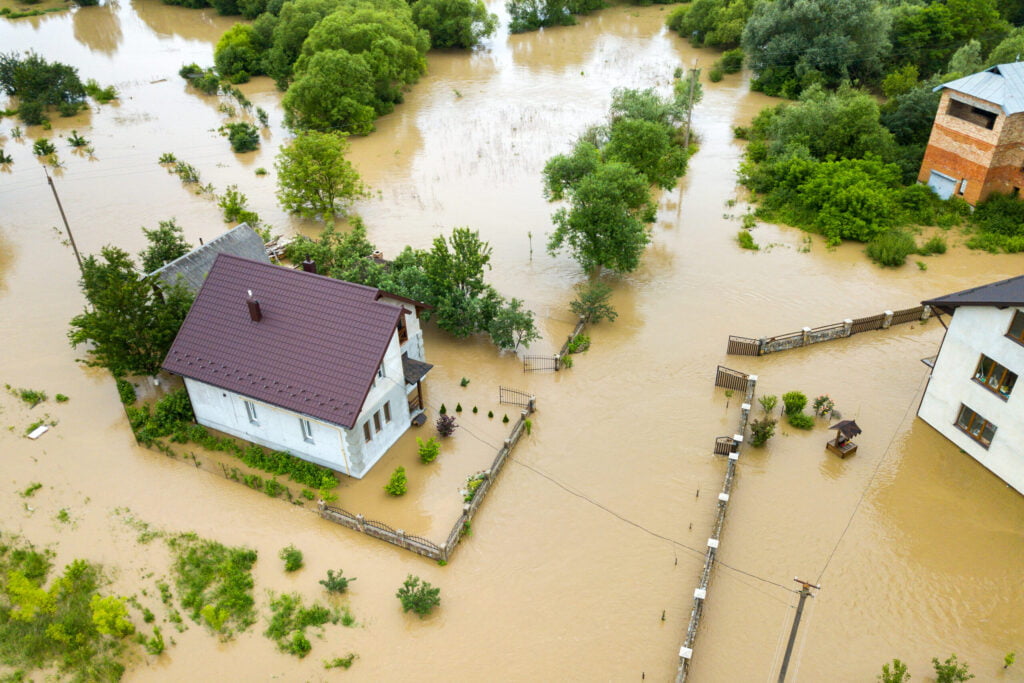Flooding can be one of the most devastating disasters a homeowner can face. From repairs to insurance claims, the process of recovering from a flood can be overwhelming. But it doesn’t have to be. In this article, we will provide tips for homeowners on how to recover from a flood. Keep reading to learn more.
Pay attention to potential mold problems post-flooding.
After a flood, it’s essential to be aware of the potential mold problems that can arise in your home or business. Even a small amount of moisture can lead to mold growth, which can cause serious health problems for you and your family. To prevent mold growth and avoid costly repairs, it’s crucial to take action quickly and seek professional mold remediation services.
Mold remediation involves identifying and eliminating mold growth in your home or business. Professional mold remediation companies use specialized equipment and techniques to remove mold and prevent it from coming back. By addressing the issue promptly and effectively, you can protect your property and ensure the safety of your family.
Take advantage of groundwater field services.

Soil groundwater field services can be incredibly beneficial for homeowners looking to recover from a flood. When your home is impacted by flooding, it’s not just the standing water that you need to worry about. Water can seep into the soil and affect the groundwater beneath your home, causing long-term damage if not addressed properly. This is where soil groundwater field experts come in. These services can help assess the extent of damage to the soil and groundwater in your area, and provide recommendations for remediation.
Groundwater field services typically involve a team of experts who will assess the soil and groundwater in and around your home. They will take samples and perform tests to determine the level of contamination and the extent of the damage. Based on their findings, they will provide recommendations for remediation, which may include soil and water treatment, monitoring, and ongoing maintenance.
Document the damage.
One essential step in the recovery process is documenting the damage caused by the flood. To document the damage, start by taking photos or videos of the affected areas of your home. Be sure to capture any visible damage, such as water stains, mold growth, or structural damage. It’s also important to make a list of damaged items and their value. This can include furniture, appliances, electronics, and any other personal property that has been affected by the flood. Keep all your documentation in a safe and secure location, such as a waterproof container or a cloud-based storage system. By documenting the damage, you’ll have the evidence you need to file an insurance claim and recover from the flood.
Seek emotional support.

Even if you have flood insurance and are able to repair or replace damaged property, the emotional toll of the disaster can be significant. It’s important to seek emotional support during this difficult time to help you cope with the aftermath and begin the process of recovery.
There are several sources of emotional support available to homeowners affected by flooding. Consider reaching out to family and friends for emotional support, or seek the help of a licensed therapist or counselor. Many communities also offer support groups for individuals affected by natural disasters, which can be a great source of comfort and camaraderie.
Overall, recovering from a flood can be a difficult and costly process. Following the tips for homeowners outlined in this article can make the process easier, less expensive, and less stressful. It is essential to take the proper precautions to avoid further damage and to restore your home to its pre-flood condition. Taking the time to protect your home and family, and to assess and address the damage, is key to a safe and successful recovery.

























